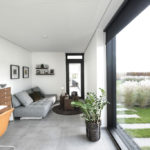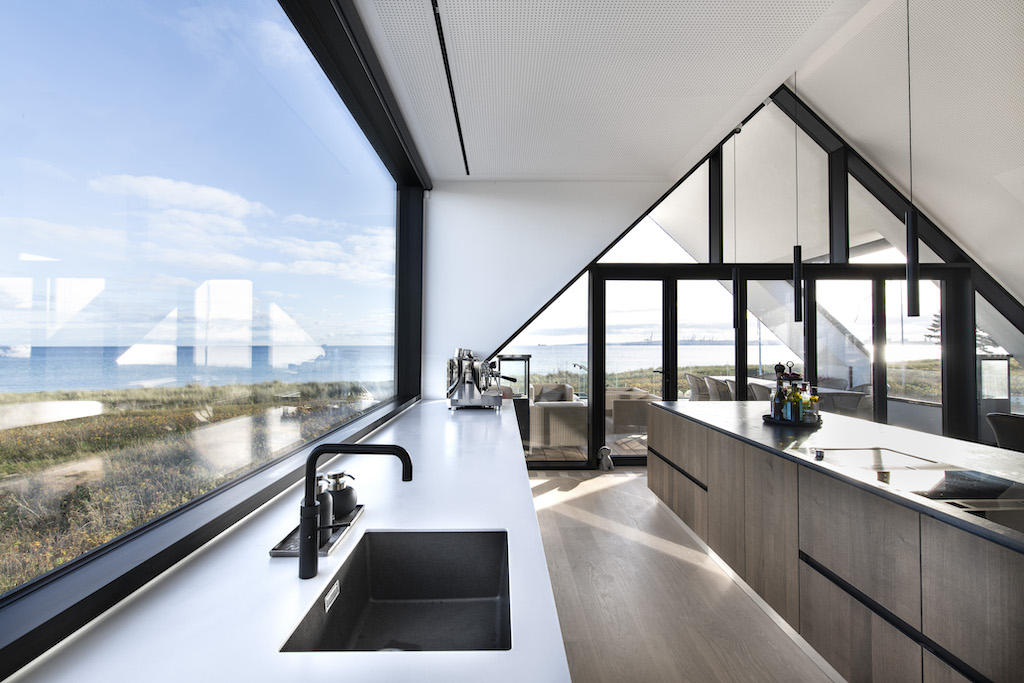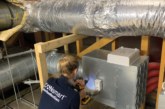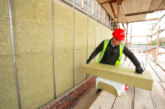Becky Newell, Product Manager of the Acoustic Portfolio at Knauf, discusses the importance of sound attenuation and offers tips on how to achieve good acoustics in new build homes.
What is sound attenuation and why is it important? Sound attenuation is the loss of energy from sound waves or simply the dampening of sound. This dampening occurs when an interruption diminishes sound volume and quality.
This could be from an object or structure, the thickness, composition and other acoustic qualities of which will determine how much sound makes it through and how much is absorbed. Therefore, it is important to consider the products and materials used in the construction of new homes to ensure we are building acoustically sound spaces.
The NHBC’s annual New home statistics review found that of the 153,339 new homes registered in 2021 over 98,000 of them were semi-detached, terraced or apartments. When living in such close proximity to each other, effective sound attenuation and the good acoustic performance of our homes are essential for comfortable living.
The report also showed, unsurprisingly, that the demand for detached homes increased during the pandemic. However, open plan living is becoming less desirable as people spending more time at home recognise the need to divide the space in which they live.
A home office, a playroom, a cosy snug; these are all rooms where dampening the sound coming in – or out – determines the success of the space.
Health benefits
The benefits of good acoustics are not simply practical ones. In fact, research has demonstrated the health benefits of living in a good acoustic environment.
According to a 2020 report from the European Environmental Agency, one million healthy years of life are lost every year due to the effect of noise on health.
Sound attenuation
How are good acoustics and effective levels of sound dampening achieved? Traditionally, acoustics have been synonymous with mineral wool solutions, like insulation, due to their sound absorbent qualities.
Indeed, special acoustic cavity insulation can be used in internal walls and ceilings to ensure high levels of sound absorption and noise reduction. However, choosing the right drywall solution is another way to achieve sound attenuation and create comfortable spaces.
In a new build home with lightweight partition walls, think carefully about which plasterboard products will be used, and where. In certain areas, such as a study or nursery, an acoustic plasterboard solution may be more appropriate than regular wallboard.
Knauf offers a range of systems and products designed to control how sound moves around a room to create the right acoustic environment for any space. All Knauf acoustic boards and tiles are manufactured using gypsum, a material recognised for its advantageous acoustic characteristics.
Our acoustic gypsum solutions absorb up to 90% of the sound that hits their surface. Knauf acoustic wall and ceiling tiles or boards are also able to reflect or reverberate noise, as well as absorb sound within a room through a fleece layer.
The Knauf high-performance boards, Sound Panel and Soundshield Plus are drywall solutions that have excellent acoustic properties, making them a great choice for use in internal walls.
For ceilings, Knauf Corridor 400 ceiling tiles dampen the noise in narrow spaces and as such are ideal for new apartment building corridors. Furthermore, these solutions will help new homes to meet building regulations related to the resistance to the passage of sound in Approved Document E.










